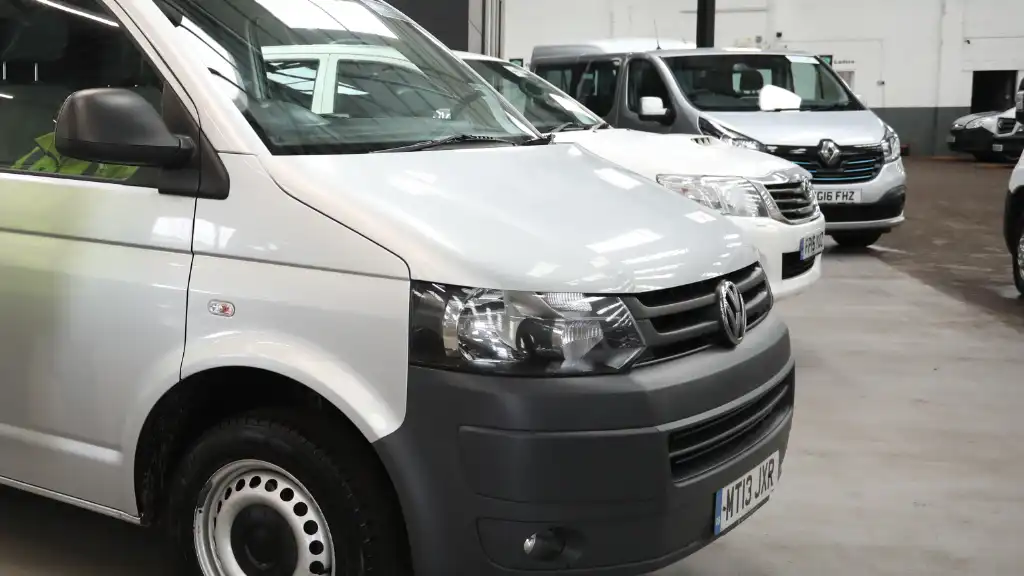
How to calculate van running costs, and minimise the outgoings in your van operation.
Knowing the cost of owning and running a van is essential for an operator to be able to work efficiently, yet few operators have a true idea of what their actual costs are.
One common way of establishing the costs of a vehicle operation is through cost tables, which deal with each of the classes of standing and running costs and usually contain realistic specimen costs.
Cost tables are a good starting point, but they can be overtaken by rapid changes in cost – particularly fuel prices – and they may make some assumptions which are simplistic or which do not apply to every operator.
These are the costs which have to be borne before the vehicle can start operation – they remain essentially fixed whether the vehicle is moving or not.
The standard cost tables show that for all but the highest-mileage van operators, standing costs outweigh running costs. However, establishment costs (see below) and depreciation are greatly susceptible to changes in accounting practice, and may even be ignored in some cases.
For heavy goods vehicles fuel is the major cost, but it soon becomes clear that for almost all van operators, the driver is by far the largest single element of cost – and anything that can reduce the driver’s unproductive time could save money. An expensive item of manual handling equipment might look much less expensive if it allows the driver to make two more drops in a day. The cost of the driver is usually easy to establish, but it is important not to neglect extras such as NI payments.
This is a catch-all term to cover overheads such as property rent and rates, power and other utilities and administration costs. It is probably the element which varies the most between companies, and it may not be appropriate to include it in all calculations.
The cost of van insurance and any additional business liability cover. Insurance premiums vary widely from fleet to fleet, and it may be worth establishing measures to cut them: approved driver training (such as the government’s SAFED scheme) or a driver incentive scheme for incident-free driving.
How much is my van road tax or the cost of vehicle excise duty for the vehicle in question. Clearly this is not negotiable, but it may be useful to calculate whether a vehicle in a lower VED band like an electric van would save significant cost.
This may be calculated in many ways, and may include an element of van finance costs. Whichever method is used to calculate depreciation, it represents a large proportion of the overall cost – indeed, for a low-mileage vehicle it may be a larger annual cost than fuel.
But there are measures which can improve vehicle residual values: broadly, the wider the market for a vehicle, the better its residuals – so an unmarked white medium-wheelbase panel van with a mid-range diesel engine will command proportionally better residuals than a high-spec, signwritten van fitted with specialist equipment.
This does not just apply to vehicles which have been bought outright: for vehicles on leasing schemes or contract hire, a lower residual value means higher monthly rental payments.
These are the costs which vary directly according to the usage of the vehicle, and are dominated by fuel: typically, this represents three-quarters or more of the running cost, dwarfing the figures for tyres, lubricants and maintenance – and with the cost of fuel increasing faster than the rate of inflation, this trend will only continue.
Nevertheless, it is important not to neglect the other elements of running costs, and these can often be made predictable through cost management schemes.
With the high cost of fuel, there is no excuse not to manage its use carefully. Operators should make use of fuel cards – these offer detailed management reporting of fuel purchase – along with systems to monitor vehicle use: a simple daily check and record of the mileage is a good way to detect unusual patterns of fuel use.
The choice of van itself, the van specification and weight, has an effect on fuel consumption, of course. There is now official websites giving fuel consumption and CO2 emissions figures for most vans but remember that this information is comparative only.
The largest variable in fuel consumption, however, is the driver; additional driver training can show substantial gains in fuel economy, while some fleets offer bonuses or prizes for the most economical drivers on the fleet. However, this can be difficult to judge unless all drivers cover near-identical routes and times.
Increasingly vans are available with automatic or automated gearboxes: these make life easier for the driver, and may improve fuel economy in stop-start urban driving, so the additional cost may be worthwhile. If you're using a van for towing that will also have an impact on costs.
More fleets are adopting tyre or lubricant management contracts, which outsource the supply and maintenance of these items (usually to the tyre or oil manufacturers). This keeps costs predictable, and can help prevent premature failures – tyre maintenance contracts typically include regular inflation checks (themselves useful to maintain fuel economy) and visual inspections of the tyres for damage.
Similarly, many operators are turning to repair & maintenance contracts, usually provided by the manufacturer and often part of a contract hire package. Again, this keeps an element of the cost completely visible and predictable.